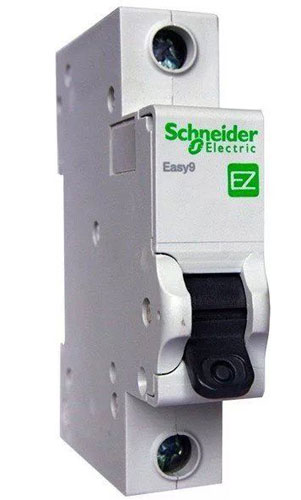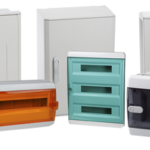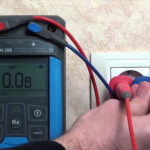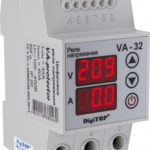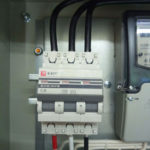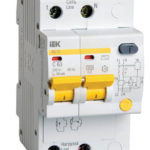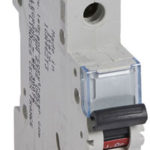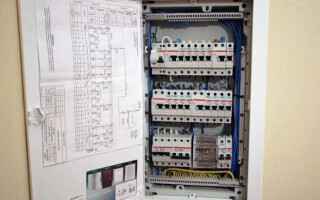The process of assembling a distribution board requires special skills and knowledge. From the correctness of the chosen scheme, the distribution of consumers depends on the life of the devices and the reliability of the power supply system of the house. If in old houses with a minimum number of electrical appliances two or three circuit breakers were enough, in modern housing it is necessary to take care of the reliability of the network. Below are the main recommendations on how to assemble a distribution board for the apartment, which circuits and devices should be used, as well as recommendations for eliminating errors.
Contents
- 1 What is an electrical switchboard and what is it needed for?
- 2 Principles of distributing electricity to groups
- 3 Requirements for distribution boards
- 4 Drawing a diagram
- 5 Components of a switchboard
- 6 How to calculate the number of places in the electrical panel?
- 7 Assembling an Electric Panel
- 8 Basic mistakes during installation
- 9 Operation of an electric panel
What is an electrical panel and what is it for?
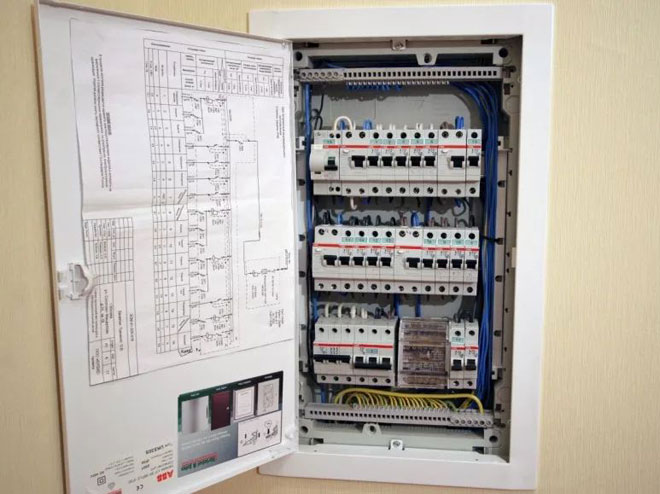
Electrical panel - a structure consisting of complex modular devices designed to control the power supply network. Among the main purposes should be distinguished:
- receiving incoming voltage from the general power grid of the house;
- analysis of incoming power parameters and disconnection of the internal network at critical values;
- Allocation of consumers into groups according to zones, power, purpose;
- direct connection of high-power consumers, such as stoves, boilers, washing machines, air-conditioners, etc;
- protection of wiring and home appliances from short circuits and other critical situations;
- ensuring complete safety in the operation of the power supply network.
As a rule, they are installed together with an electricity meter for more convenience. In new housing, where metering devices are located in the corridor, shields are installed at the front door.
Important! It is necessary to provide free access to the switchboard to turn off the circuit breakers if necessary.

Principles of electricity distribution into groups
Distribution boards, in which a few circuit breakers are used for the entire apartment, are a thing of the past. The need for a large number of modular devices is due to convenience and increased safety. If a socket in one of the rooms breaks, you can disconnect one fuse box and the rest of the network will continue to work as normal. The basic rules for group distribution are described below.
- Power Consumers. All appliances with more than 2 kW should be connected separately or in small groups. Each group should be wired in a separate line with an individual fuse. As a rule, the cross-section of the cable and the nominal value of the circuit breaker are chosen with a small margin. In most cases, copper cable VVGng or NYM with a cross section of 2.5 mm is suitable.2and a 16A circuit breaker.
- Heavy-duty devices require the obligatory separate lines. Such devices may include flow-through water heaters from 5.5 kW and cooking surfaces, the power of which ranges from 6.5 to 9.5 kW. To connect them use a cable cross section of 4 or 6 mm2Cable with a cross section of 4 or 6 mm as well as 25A and 32A circuit breakers are used for their connection.
- Outlet groups Connect the outlet groups to each room, or create several groups for one large room. The common line goes from the switchboard to the junction box, where the cable is branched. Sufficient cable VVGng or NYM with a cross section of 2.5 mm2 and a 16A miniature circuit breaker.
- The lighting is distributed to the rooms. For example, different groups for the bathroom, bedroom, balcony. Lines with wire 1.5 mm2 protected by 10A circuit breakers.
Information! The rating of the circuit breaker depends directly on the cross-section of the cable, as well as the power of the consumers.
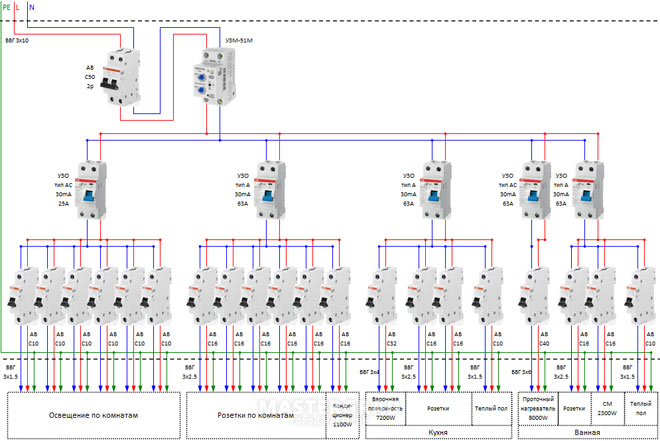
Requirements for switchboards
Electrical equipment has special requirements, since it is responsible for the safe operation of household appliances. It is mandatory to have the following:
- Availability of a technical data sheet describing consumers and rated current.
- Developed wiring diagram.
- The marking of wires with the designation of the devices of the line.
- Grounding of the panel and all connected devices.
- If the panel is metal, the structure and doors must be grounded and the coating of the housing - dielectric.
- The presence of free terminals on the neutral and grounding wire buses.
- The panel is made of non-flammable material.
Information! All switchboards must comply with GOST 51778-2001 and PUE regulations.
Drawing a scheme
Modern power supply systems provide for a three-core cable, where one wire - phase, and the rest - ground and zero. Given the growing power of devices, it is also necessary to divide them into groups, which allows you to increase the life of the wiring. Guided by this principle, proceed to the drawing of the circuit diagram of the switchboard.
Tip! Designing a switchboard and wiring the apartment is better to entrust to a professional not to miss important details. Otherwise, you will have to redo the repair.
It is mandatory to install a protection device on the input cable, which will protect the internal network from overvoltage. Then install a voltage relay to control surges in the network, and then proceed to the installation of groups and individual lines. It is worth noting that for powerful devices, in addition to circuit breakers, use additional RCDs or defibrillators. Such an organization of the home power grid is not only safe, but also convenient. If necessary, you can turn off the circuit breaker and turn off the washing machine. You can also turn off RCD and de-energize all consumers in the global group.
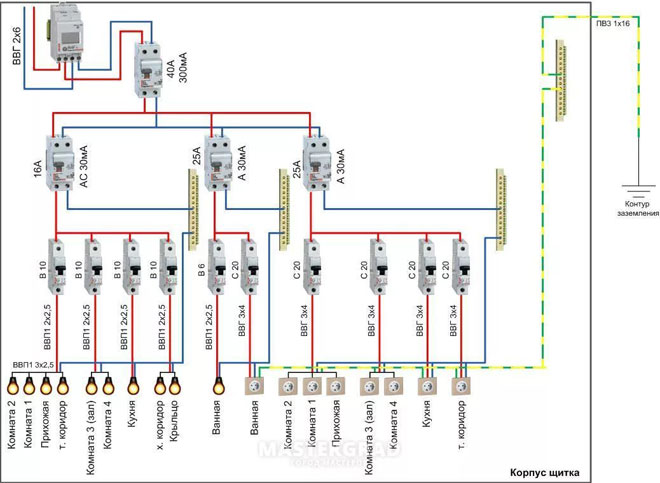
Components of an electrical panel
An electrical distribution panel consists of many devices. For reliable operation of the home electrical system and protection of appliances, circuit breakers must be used, circuit breakers, residual current circuit breakers (RCDs) and residual current circuit breakers (RCDs), voltage control relays, busbars and more.
Circuit Breakers
Devices for the automatic protection of a line that is connected to them. They interrupt the power supply if the current value in the line is significantly higher than the rated value. Protection against cable heating is also provided.
RCDs and RCCBs
A ground fault circuit interrupter (RCD) disconnects the load when leakage currents occur. They can primarily affect people. Leakage currents also have a negative effect on the wiring, which can cause the wires to heat up and catch fire.
Differential circuit breaker - protects against short circuits, overloads, and current leakage. It is often used instead of the combination of a pair of RCDs and a conventional circuit breaker. The main advantage is protection against short circuits.
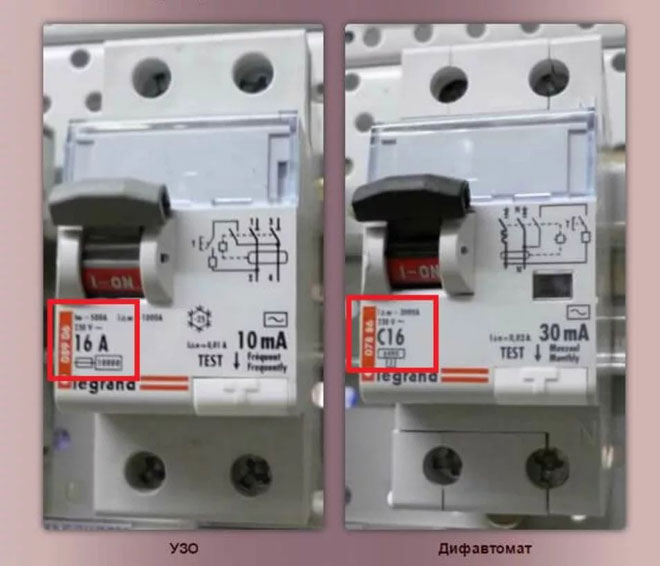
Voltage monitor
The device is used to measure the incoming voltage and maintain the set value. In case of sudden surges in the network, the device shuts off the power supply. The electric circuit is closed only after the restoration of the indicator and the time delay. The main purpose is to protect electrical appliances from voltage surges.
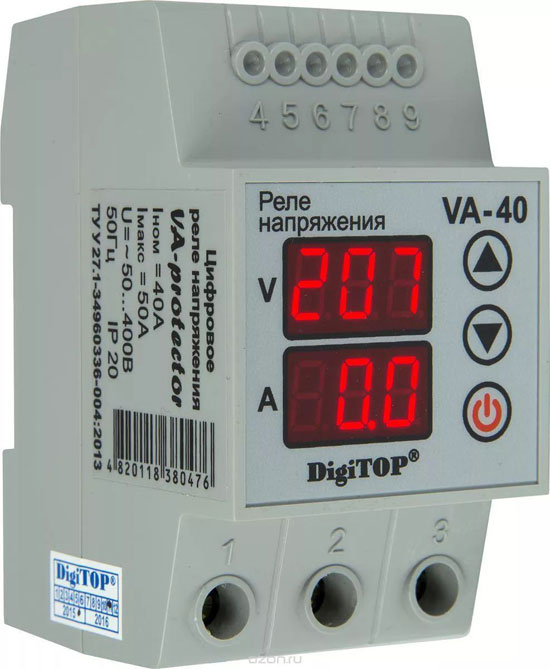
Grounding and Zeroing Busbars
Bus bars for grounding and zero use for ease of installation, as well as compliance with all rules GOST and PUE. The number of DIN rails depends on the number of circuit breakers and other modules, so you must make a scheme of installation in advance.
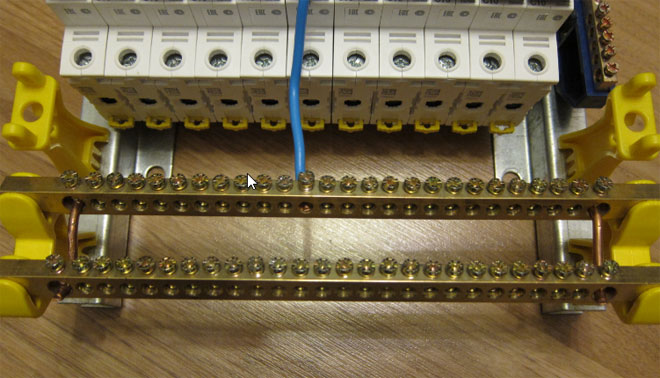
Comb out bar
It is used instead of cable jumpers, which used to be made by electricians themselves. The comb looks like a solid plate with protruding teeth and is designed to connect dispensers standing in a row.
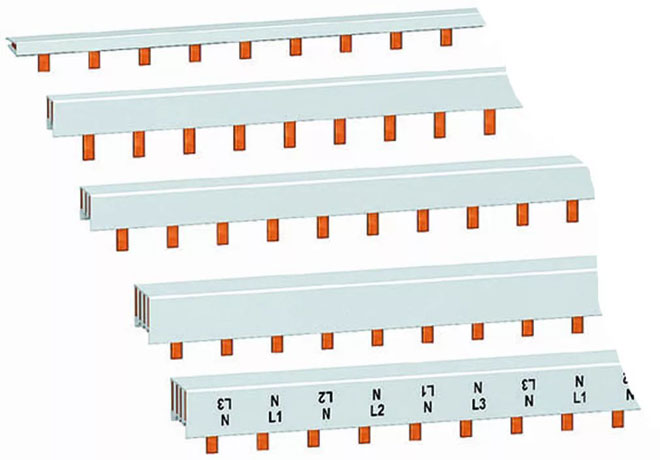
Other equipment
As additional equipment in the switchboard use modular contactors, circuit breakers, sockets on a DIN rail, timers and more. Other devices increase the convenience of managing the power supply network.
How to calculate the number of places in the electrical panel?
All equipment for the panel is standardized and installed on a special DIN-rail. The unit of measurement of the place is considered a "module" with a width of 17.5 mm. All panels are sold according to the amount of space: 8, 12, 24, 36 modules.
Information! To calculate the number of places you need to take into account all devices, including RCDs, automatic circuit breakers, voltage relays, defibrillators.
Circuit breakers have a standard width of 17.5 mm. The remaining devices have the following characteristics:
- two-pole circuit breaker - 2 modules and 35 mm;
- three-pole circuit breaker - 3 modules, 52.5 mm;
- single-phase RCD - 2 modules and 35 mm;
- three-phase RCD - 4 modules and 70 mm;
- automatic circuit breaker - 2 modules and 35 mm;
- Voltage relay - 3 modules, 52,5 mm;
- DIN rail socket - 3 modules, 52,5 mm;
- DIN rail terminals - 1 module 17,5 mm.
Assembling the electrical panel
When the circuit diagram is made and the electrical wires are laid around the apartment, proceed to the assembly of the switchboard. If desired, you can order a prepared panel, which will only need to be installed and connect the input cable.
Tip! Repair in the room - a dirty process, so it is recommended to assemble the switchboard in another place, and then mount the finished equipment in place.
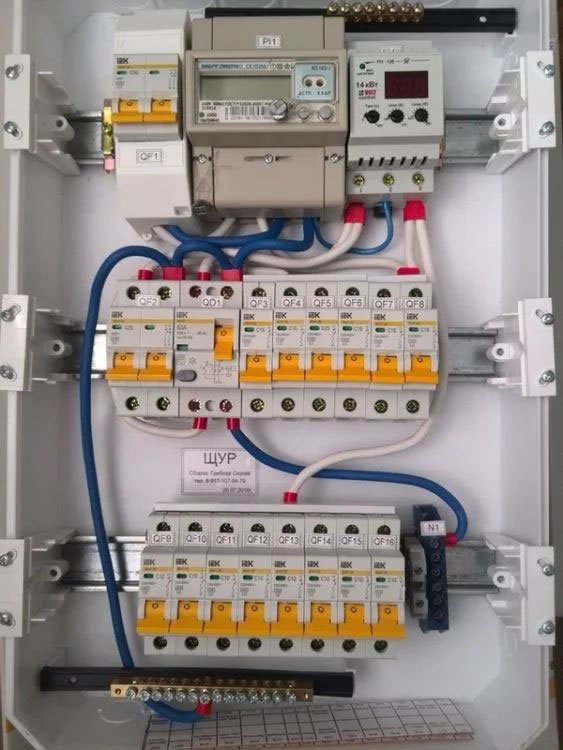
Marking and installation of DIN-rails
First make a marking, where the modules will stand, what lengths are needed rails. In the process of fitting also take into account the distance between the rows, if there are several, as well as the distance of the zero bar and grounding. When the marking is ready, the slats are installed in the necessary places.
Help! Most switchboards are standardized, so the location of the rails is limited to the manufacturers.
Installation and switching of modular devices
At the stage of installation of modular devices perform the installation of circuit breakers and additional devices on the DIN-rail. Also make their connection to each other. In the first place, install the input circuit breaker, then the voltage relay, RCDs and def circuit breakers, which stand in front of the conventional circuit breakers.
Tip! Install the modules closer to the center, leaving space on the sides for neat laying of cables.
Organization of cable entry into the electrical panel
At the cable entry stage, you need to make holes in the panelboard. As a rule, all the places for entering are provided by the manufacturer, so it is enough to squeeze out the plastic. On one side is a general network cable, which is connected to the input circuit breaker, and on the other side - the wires of the internal network.
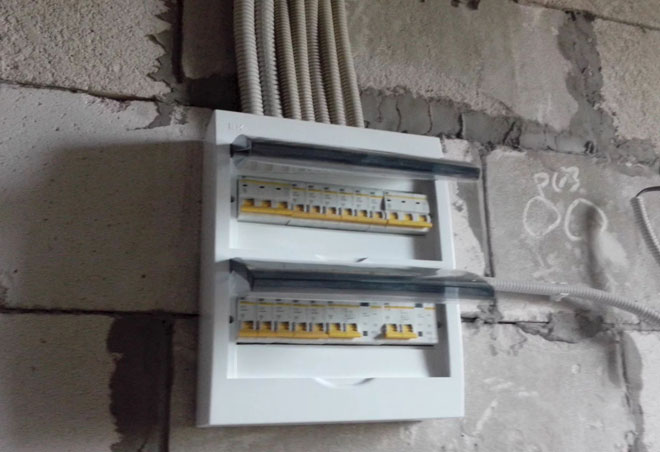
Choosing where to install
In most apartments, the panel is installed close to the front door. This is not a mandatory requirement, the main thing to observe a number of recommendations:
- quick access to turn on or off the voltage;
- Distance from flammable and combustible materials;
- natural lighting of the room where the switchboard is installed is an advantage during repair work.
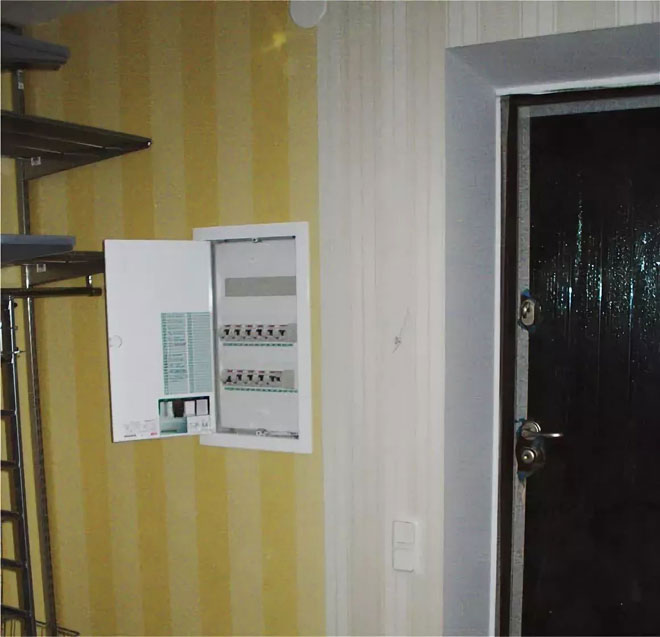
Cutting of Cables
A special tool designed for stripping is used to cut cables. As a rule, professional electricians use claws or a knife with a heel. The equipment increases the speed at which you can work with the cable. When cutting, the outer sheath is removed and then the right amount of insulation is removed from each of the cores.
Recommendation! It is best not to use a regular or construction knife so as not to damage the cable insulation.
Connecting consumer groups
During installation, modules are grouped according to different factors. For example, by purpose or room. Circuit breakers for lighting in the apartment are installed one by one, and then mount protective devices for the kitchen, bathroom and other rooms.
Tip! The grouping of consumers facilitates the operation of the switchboard.
Basic mistakes when installing
- Flexible multicore cable without sleeves at the ends is a weak point in electricity. Over time, the quality of the contact weakens, the connection begins to heat up and cause malfunctions.
- The cable insulation gets caught in the terminal, At high loads, it heats up and melts.
- Multiple conductors with different cross sections per circuit breaker - this inevitably leads to poor contact, overheating of the wire, and even a fire.
- Soldering the ends - is an old and not sufficiently reliable way of connecting wires. Only use suitable lugs for the connection.
Be sure to crimp stranded wire or use rigid single core cable.
Operation of the electrical panel
Operation of a properly assembled switchboard is not difficult. It should be understood that you will have to periodically service the unit, checking the functionality of the circuit breakers and tightening the terminals.
If there are small children in the house, it is necessary to think of a lock and lock the door with the key.
For greater convenience, you should create markings and signatures for each of the circuit breakers. It is also recommended to use the same colors for the same group to make it easier to find the right switch. This simplifies the operation of the switchboard. All residents of the apartment should understand without unnecessary questions how the switchboard works.
Related articles:
